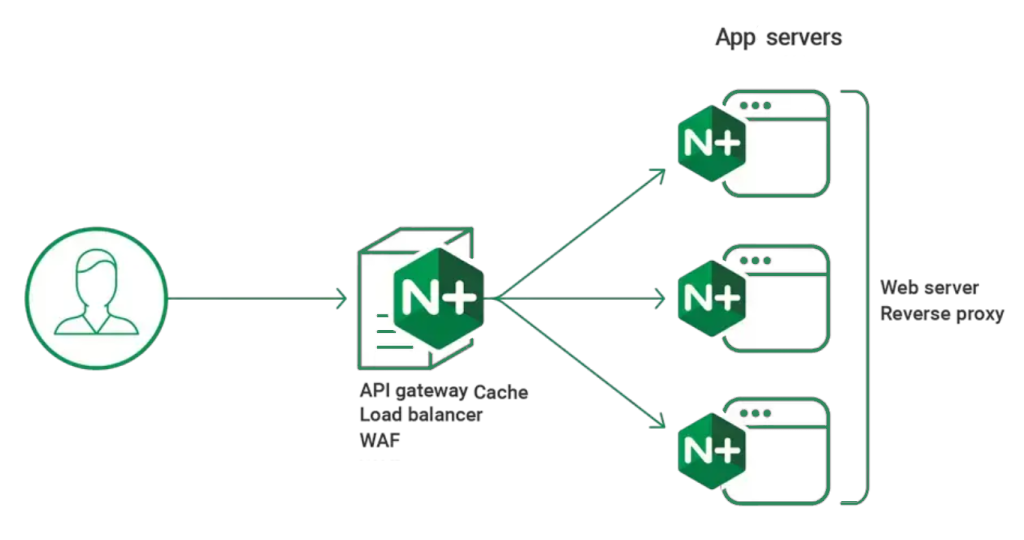How to Send HTTP Requests in Node.js Without Using an External Library
In the world of Node.js, sending HTTP requests is a common task, whether you’re fetching data from an API or submitting form data. While many developers rely on third-party libraries like Axios or Got, there are scenarios where using the native Node.js modules is preferable. This blog post will guide you through sending HTTP requests in Node.js without relying on external libraries, ensuring your code remains lightweight and dependency-free.
Sending a GET Request
To send a GET request, you can use the https.get method. Here’s an example:
const https = require('https');
https.get('https://jsonplaceholder.typicode.com/posts', (res) => {
let data = '';
res.on('data', (chunk) => {
data += chunk;
});
res.on('end', () => {
console.log(JSON.parse(data));
});
}).on('error', (err) => {
console.error('Error:', err.message);
});
In this example, we:
- Use the
https.getmethod to fetch data from an API. - Collect the response data in chunks and parse it once the request completes.
- Handle errors using the
errorevent.
This approach is straightforward and works well for simple GET requests.
Sending a POST Request
For POST requests, you’ll need to use the https.request method. Here’s how to send a JSON payload:
const https = require('https');
const data = JSON.stringify({
title: 'foo',
body: 'bar',
userId: 1,
});
const options = {
hostname: 'jsonplaceholder.typicode.com',
port: 443,
path: '/posts',
method: 'POST',
headers: {
'Content-Type': 'application/json',
'Content-Length': data.length,
},
};
const req = https.request(options, (res) => {
let responseData = '';
res.on('data', (chunk) => {
responseData += chunk;
});
res.on('end', () => {
console.log(JSON.parse(responseData));
});
});
req.on('error', (err) => {
console.error('Error:', err.message);
});
req.write(data);
req.end();
Key points:
- Define the request options, including the hostname, path, method, and headers.
- Use
req.writeto send the payload andreq.endto finalize the request. - Handle the response and errors similarly to the GET request example.
Handling Different Content Types
When sending POST requests, you may need to handle different content types, such as application/x-www-form-urlencoded or multipart/form-data. Here’s an example for application/x-www-form-urlencoded:
const querystring = require('querystring');
const https = require('https');
const postData = querystring.stringify({
'key1': 'value1',
'key2': 'value2',
});
const options = {
hostname: 'example.com',
port: 443,
path: '/submit',
method: 'POST',
headers: {
'Content-Type': 'application/x-www-form-urlencoded',
'Content-Length': postData.length,
},
};
const req = https.request(options, (res) => {
let responseData = '';
res.on('data', (chunk) => {
responseData += chunk;
});
res.on('end', () => {
console.log(responseData);
});
});
req.on('error', (err) => {
console.error('Error:', err.message);
});
req.write(postData);
req.end();
This approach is useful for form submissions or APIs that expect URL-encoded data.
Error Handling and Timeouts
Native modules don’t provide built-in timeout functionality, but you can implement it using setTimeout:
const req = https.request(options, (res) => {
// Handle response
});
req.setTimeout(5000, () => {
req.abort();
console.error('Request timed out');
});
req.on('error', (err) => {
console.error('Error:', err.message);
});
This ensures your application doesn’t hang indefinitely if the server fails to respond.
When to Use Native Modules vs. Libraries
While native modules are powerful, they require more boilerplate code compared to libraries like Axios or Got. Use native modules when:
- You want to avoid external dependencies.
- You need fine-grained control over request handling.
- Your project is small and doesn’t require advanced features like interceptors or automatic retries.
For larger projects or when you need advanced features, consider using libraries like Axios or Got.
Conclusion
Sending HTTP requests in Node.js without external libraries is entirely possible using the native http and https modules. While this approach requires more code, it offers greater control and reduces dependencies. By following the examples in this post, you can confidently handle GET and POST requests, manage different content types, and implement error handling.
For more advanced use cases, explore libraries like Axios or Got, but remember that native modules are always a reliable fallback.
Resources:
Latest blog posts
Explore the world of programming and cybersecurity through our curated collection of blog posts. From cutting-edge coding trends to the latest cyber threats and defense strategies, we've got you covered.


